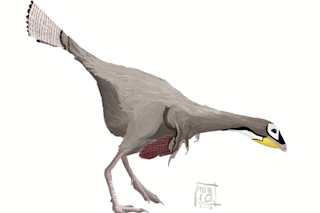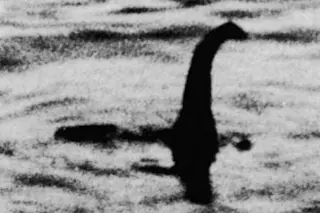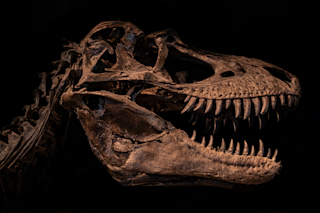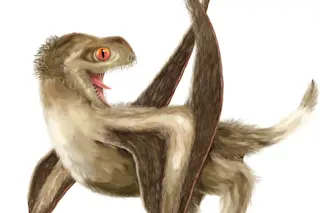Alan Dawn, an amateur geologist and museum volunteer, was leading a field trip around Peterborough, England, when he noticed what appeared to be a bit of bone jutting from the ground. Paleontologists were called in, and they quickly became excited. The 150-million-year-old bones turned out to be a nearly complete skeleton of a nine-foot-long carnivorous marine reptile. Named Pachycostasaurus dawni--meaning thick-ribbed lizard of Dawn, in honor of its discoverer--the creature in most ways resembles extinct marine predators called plesiosaurs. But unlike plesiosaurs, P. dawni had unusually heavy, dense ribs. Arthur Cruickshank, a paleontologist at the Leicester City Museum, believes the heavy ribs were for ballast, indicating that the animal perhaps hunted at greater depths than other marine reptiles. Judging from the volume of its rib cage, P. dawni had very large lungs--another clue that it was a deep diver. The massive bone, says Cruickshank, would have offset the buoyancy of ...
Bony Ballast
Discover the fascinating Pachycostasaurus dawni, a remarkable marine reptile skeleton with heavy, dense ribs for deep diving.
More on Discover
Stay Curious
SubscribeTo The Magazine
Save up to 40% off the cover price when you subscribe to Discover magazine.
Subscribe













